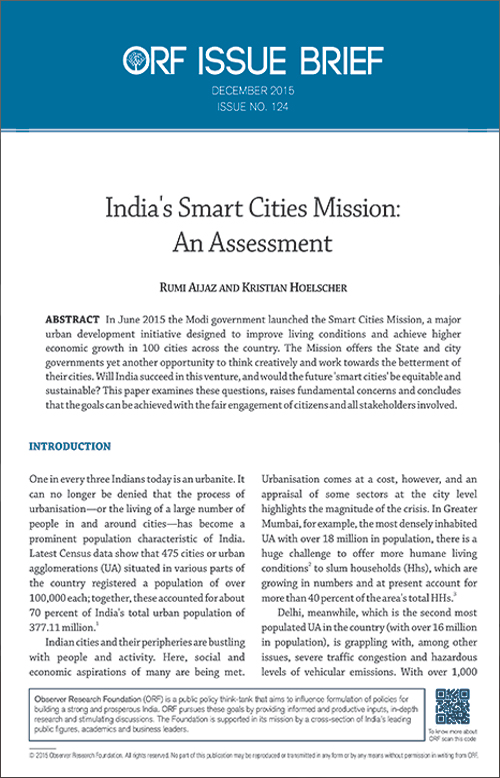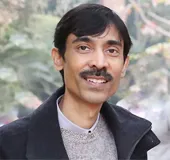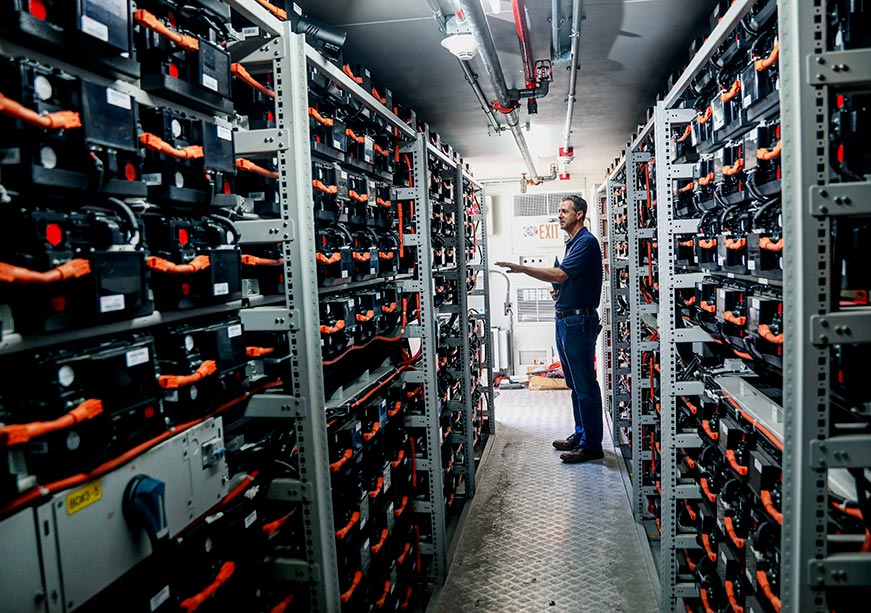One in every three Indians today is an urbanite. It can no longer be denied that the process of urbanisation -- or the living of a large number of people in and around cities -- has become a prominent population characteristic of India. Latest Census data show that 475 cities or urban agglomerations (UA) situated in various parts of the country registered a population of over 100,000 each; together, these accounted for about 70 percent of India's total urban population of 377.11 million.
Indian cities and their peripheries are bustling with people and activity. Here, social and economic aspirations of many are being met. Urbanisation comes at a cost, however, and an appraisal of some sectors at the city level highlights the magnitude of the crisis. In Greater Mumbai, for example, the most densely inhabited UA with over 18 million in population, there is a huge challenge to offer more humane living conditions to slum households (Hhs), which are growing in numbers and at present account for more than 40 percent of the area's total HHs.
Delhi, meanwhile, which is the second most populated UA in the country (with over 16 million in population), is grappling with, among other issues, severe traffic congestion and hazardous levels of vehicular emissions. With over 1,000 new vehicles being registered every day, the city's vehicular strength stood at nearly nine million in March 2015, of which the share of private two- 4 wheelers and cars alone is as high as 94 percent. Further pressure on roads is created by the daily entry and exit of thousands of private and commercial vehicles operating in the surrounding regions. Besides enormous wastage of time and money due to inefficiencies in traffic management, India's capital has been named as the most polluted city in the world by the World Health Organization in 2014, with an annual average concentration of PM2.5 recorded at 153 micrograms per cubic metre.
The list of problems in Indian cities is long; among them, the lack of housing, inefficient and inadequate means of transport, and service unavailability, are most pressing. The prevailing conditions create serious implications for the city and its inhabitants. And even as the economic potential of India's cities remains grossly underutilised, social and economic inequalities are high. For example, on the economic front, the business community holds the view that India is losing out to other nations in attracting investments from foreign companies because of inadequate and poorly managed infrastructure and services in cities, as well as the procedural difficulties experienced in doing business.
When compared with other cities across the globe on various urban development parameters, Indian cities continue to lag behind. Such stagnation is a result of a confluence of factors, among them, deficiencies of various kinds in urban planning and governance, and a huge deficit in civic sense as well.
The views expressed above belong to the author(s). ORF research and analyses now available on Telegram! Click here to access our curated content — blogs, longforms and interviews.

 PDF Download
PDF Download



 PREV
PREV



